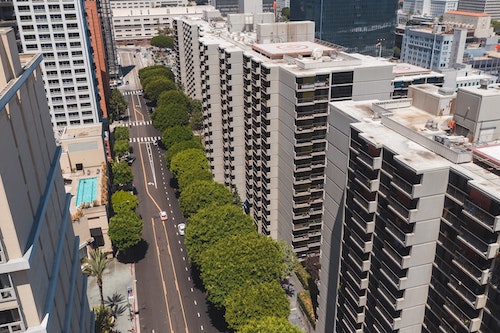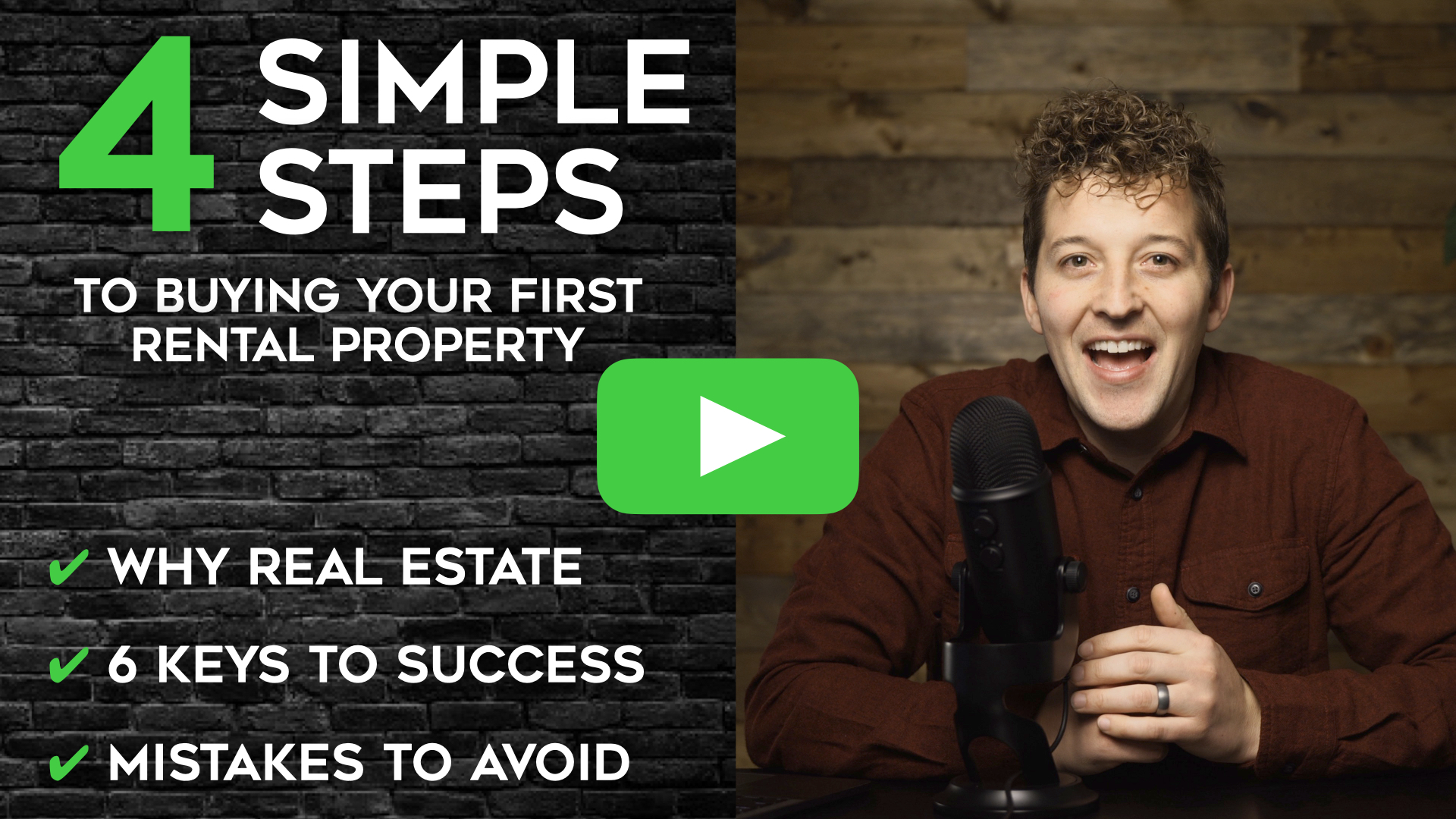There are 3 types of markets: growth markets, stable markets, and declining markets. Which ones have the best opportunities and where should you be looking for your next rental property?
You might think there is an obvious winner here, but unfortunately there’s not. Like most things in life, there are pros and cons to each and choosing which market type is best for you really depends on your current situation and goals. But we’ll give you the pros and cons and let you know what our favorite is.
First up, growth markets. Growth markets have a population that is increasing rapidly. The population of the US as a whole is growing by about 1% per year, so markets that are growing faster than that are growth markets. In 2021 the 2 states with the fastest growth rates were Utah and Idaho coming in at about 1.5% and consequently they had some of the fastest rising home prices.
Property values aren’t perfectly connected to population growth, but they are highly correlated. It’s all supply and demand. Growth markets have an increasing demand for housing and that demand drives house prices up. This is obviously a great thing when you already own properties, but it does make them more expensive to buy.
Another factor to consider is that market rents always lag behind market home prices, so when you buy in a growth market it’s usually harder to get great cash flow day 1. In growth markets we’re banking on cash flow increasing quickly as market rent rises, and hoping that home values continue to rise as well to get the most out of our leverage.
In growth markets, vacancies are super easy to fill because there is so much demand. This also means you can be more aggressive with your monthly rent and still have people want it. Growth markets typically will make you the most money in the long run, but they are a longer term play. They’re also a little higher risk because you have no guarantees that property values are going to go up or that rents will rise. You can make educated decisions based on historical trends, job growth, and experts projections, but at the end of the day it’s still all speculation. Before you think that makes growth markets too risky, most investments are the same way, if you’re willing to take a slightly higher risk you can potentially bring a higher reward.
Let’s look at stable markets next. Stable markets have stable or slightly growing pop
ulations, between 0 and 1% growth per year. These markets are usually found in the midwest and some southern states. Ohio, Indiana, Kentucky, Missouri, Alabama, are all stable markets. These places have steady demand with steady supply resulting in much more stable prices.
Rental rates still lag behind home prices like they always do, but because the home prices rise slowly, rent rates pretty much stay caught up at a nice equilibrium. This means that when you’re buying in a stable market, it’s so much easier to find properties with solid cash flow. Rents and property values will still go up over time, but at a much slower rate.
In stable markets you’ll usually have higher cash flow day 1 which means you have more room for error and that makes stable markets a little safer. But make sure it’s a good deal because it’s probably not going to get that much better anytime soon, it’s just going to stay pretty stable. With stable markets you might have a harder time charging top dollar rent because demand is balanced and renters have lots of choices. This also means you’ll have a higher risk of vacancy, but with the higher cash flow, you should have plenty of room to account for vacancy in your numbers and still have great cash flow.
The final market type is a declining market. These are markets where the p
opulation is shrinking. Do not buy here. You’ll find super cheap deals, but as population decreases you’ll struggle more and more with vacancy and you might even risk your property value decreasing which is really bad. Unless you have a very strong reason to believe the population is about to turn around for the better, you should never buy in a declining market. Just don’t do it. Even if you’re going to owner occupy the property and the declining market is where you live or where you’re from, we still don’t recommend it.
Those are the three types of markets. Growth markets, stable markets, and declining markets. For a super high-level overview of where the growth, stable, and declining markets are, hop on google and search, “population growth by state” for the current or previous year and look for an image mapping it out. You’ll probably find a nice color coordinated map that makes it super easy.
There is one more very important thing to know about market types. The market type is not so much about the state as a whole, it’s more about the specific area. Looking at the state as a whole will give you a general idea about the market type, but it doesn’t give you the whole picture.
For example, we both used to live in St. Louis. St. Louis county, all the stuff in the middle is right on the edge of stable and declining. But St. Charles county, the nicer suburban area right next door, is having some pretty healthy growth. If you drive through the heart of St. Louis you’ll see a bunch of boarded up houses and abandoned factories, but as you get to the nicer suburban areas, you’ll see tons of great neighborhoods and new developments. We would not recommend buying in the heart of St. Louis, but most areas around that could be great options.
Declining markets are a no go, but how do you choose between growth markets and stable markets? If it’s in your budget, we personally love growth markets. BUT, we do not recommend buying anything that doesn’t have at least some positive cash flow day 1. If it’s not bringing money in, it’s not an asset. It’s not smart to take monthly losses for a speculative payout in the future, but historical data tells us if a property cash flow’s day 1, it should continue to have positive cash flow even if the economy takes a temporary dip. You want to be smart and buy safe investments, but in our opinion, if it’s in your budget, it’s worth playing the longer game and sacrificing some immediate cash flow for the bigger wins a few years down the road.
That being said if you really need cash flow right now or if growth markets aren’t in your budget, stable markets are amazing, and to be honest, they’re way more exciting because you’ll be bringing in way more cash flow right from the beginning, plus they’ll have a comfortable safety net for when unexpected expenses pop up. A lot of our students will start investing in stable markets and as their passive income increases they’ll transition to growth markets.
As long as you’re staying away from declining markets and staying away from negative cash flow, you really can’t go wrong.
Your real estate coaches,
Dallas & Greg




